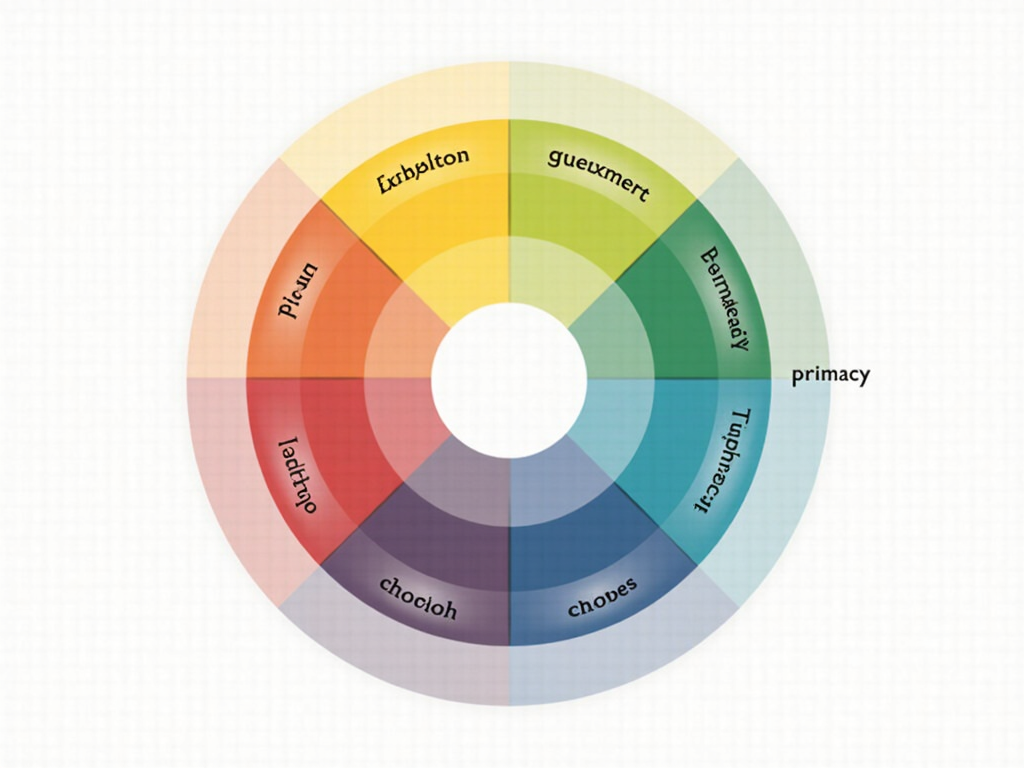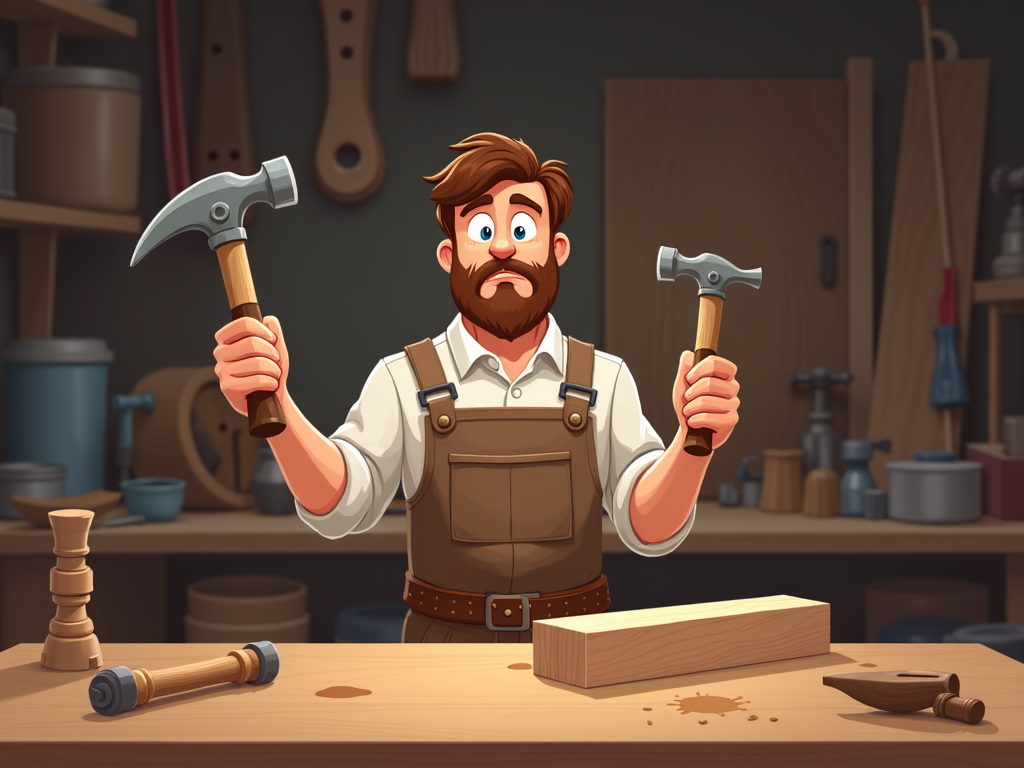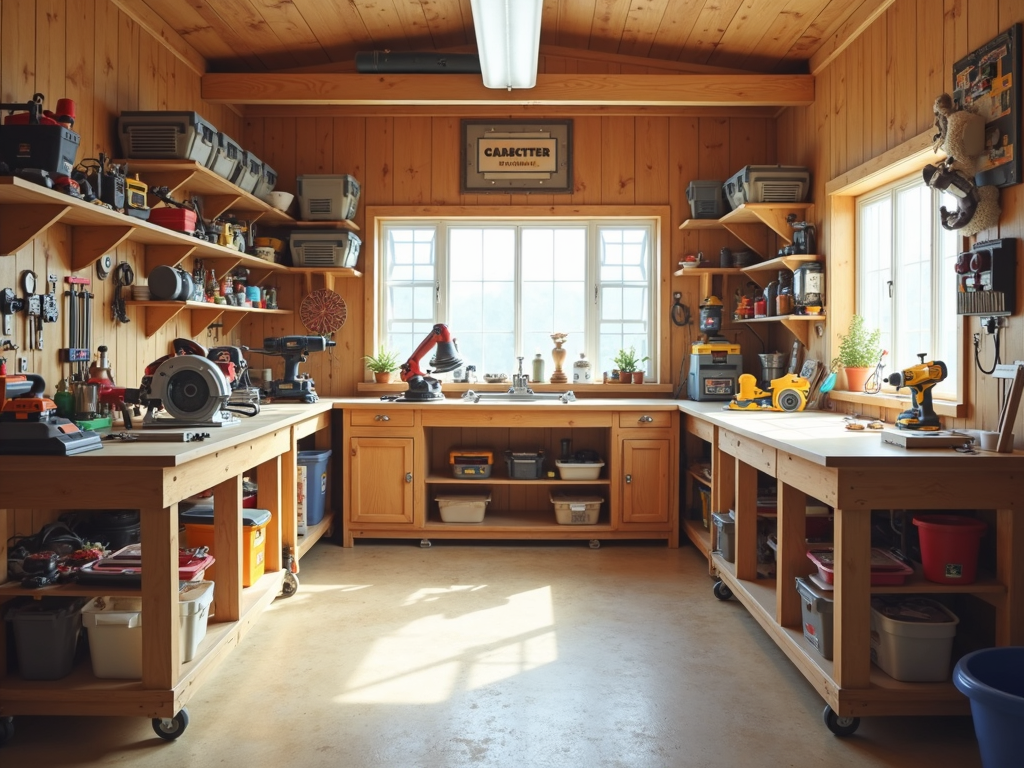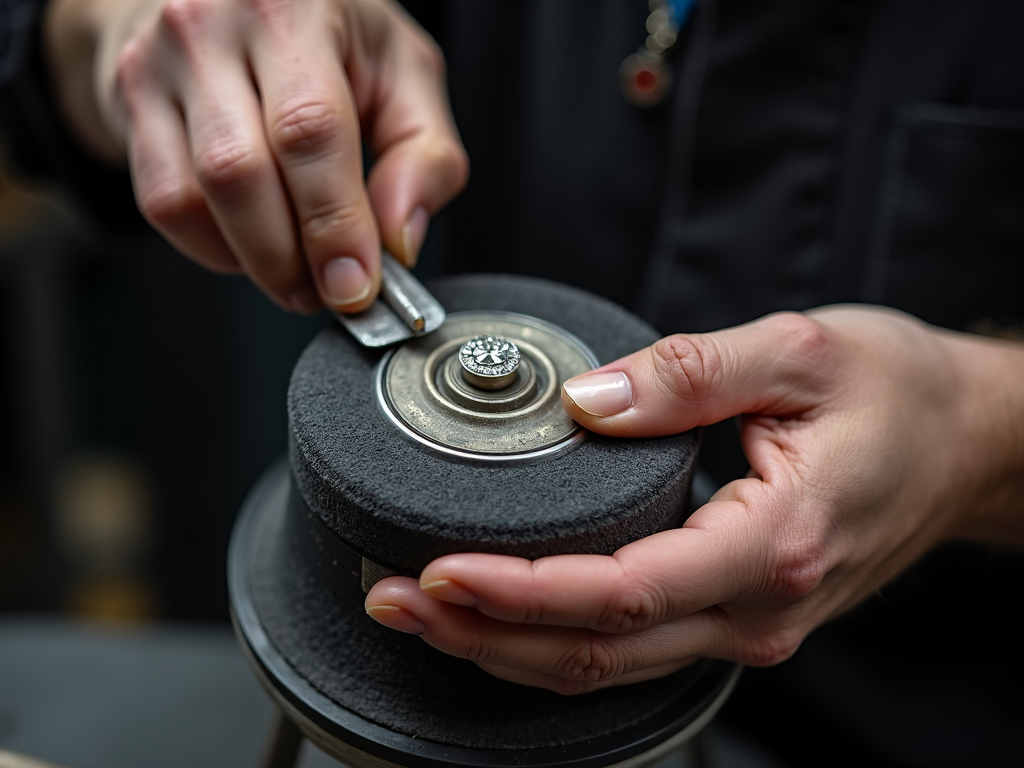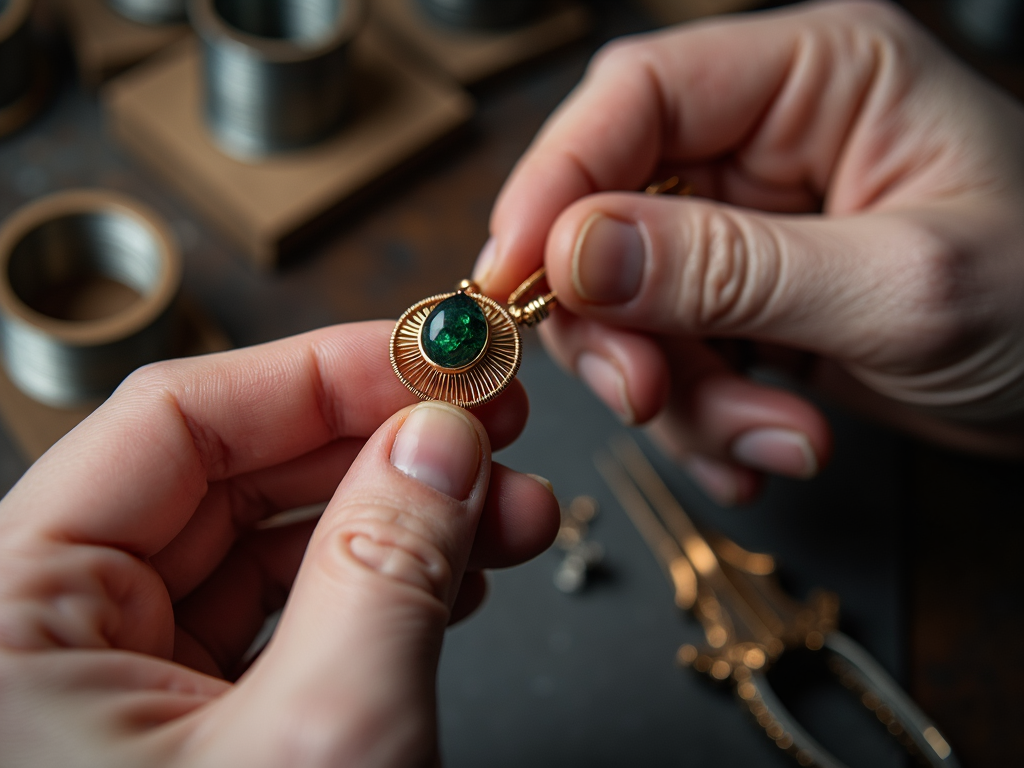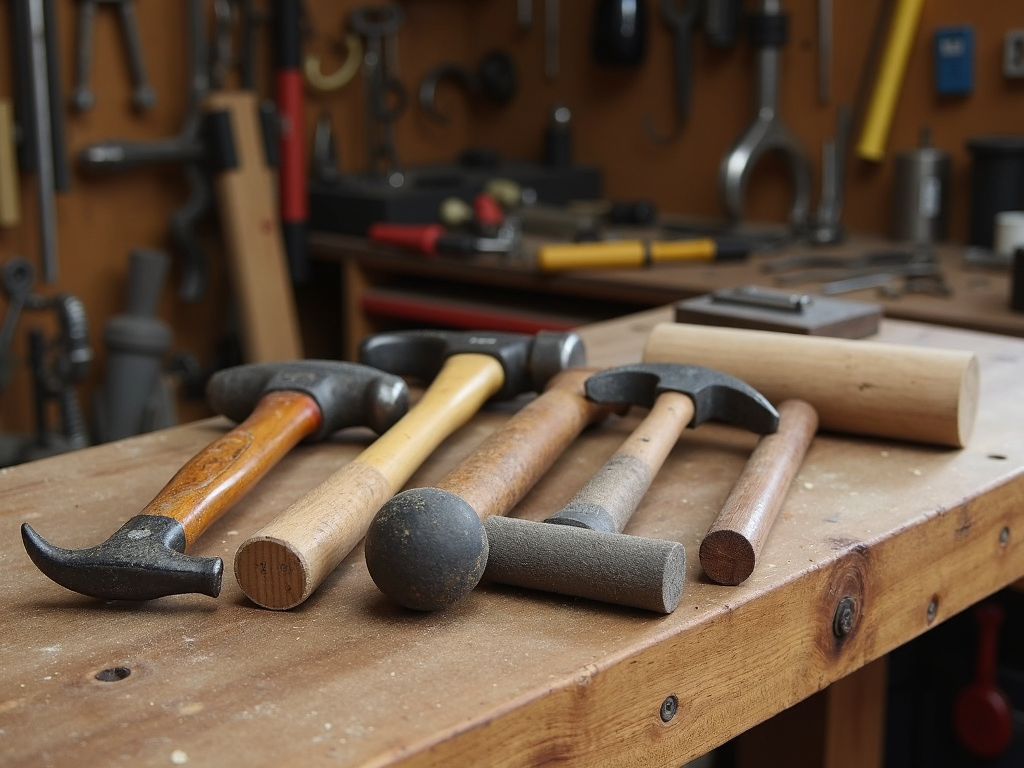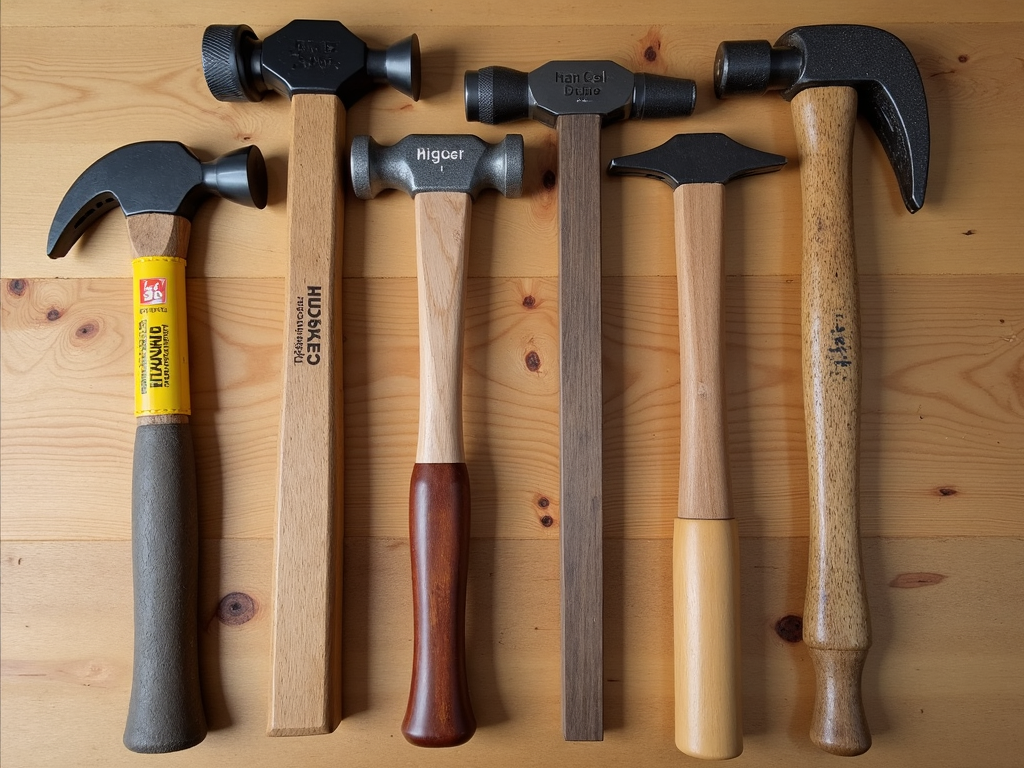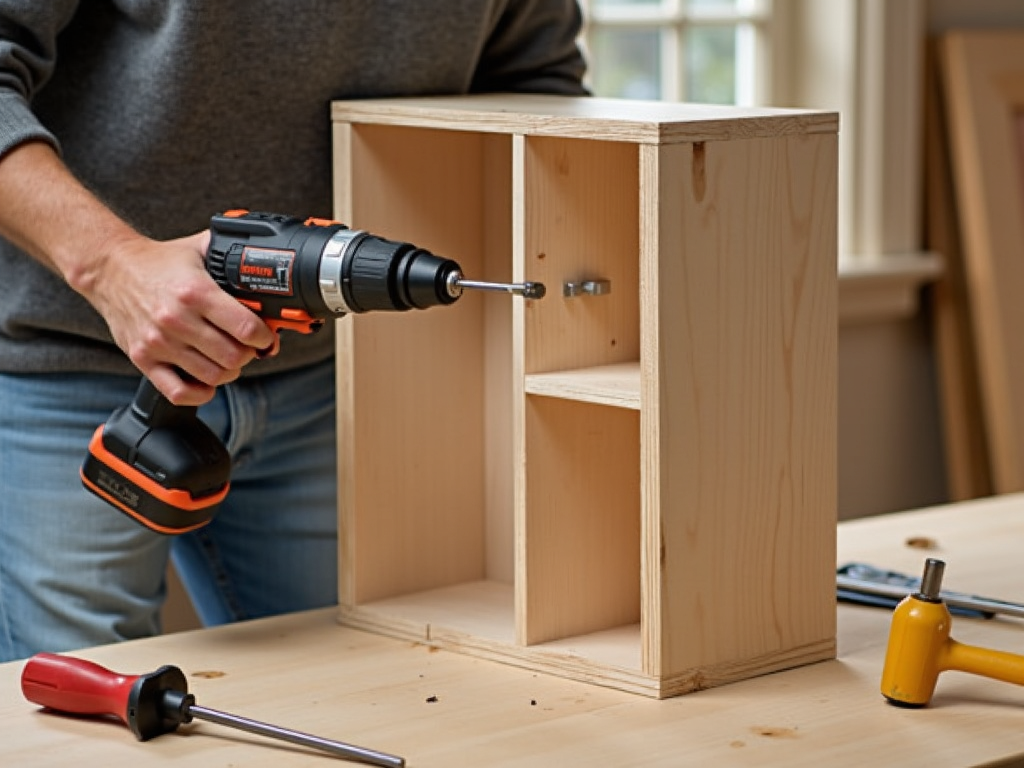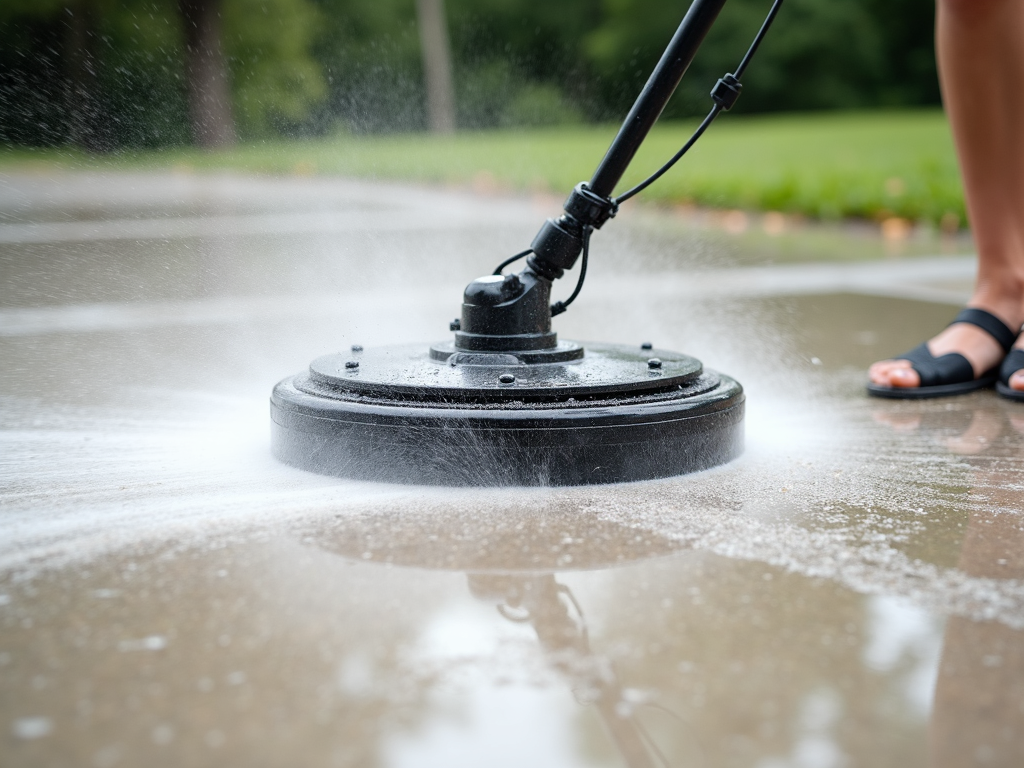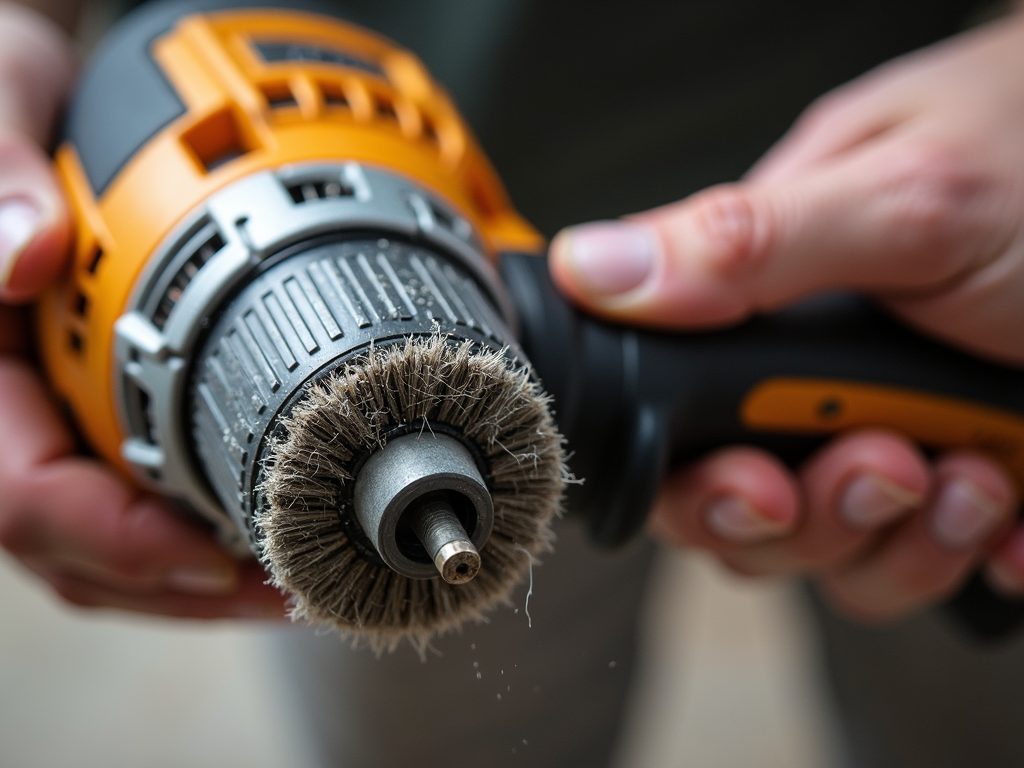Choosing the right wrench size is a fundamental skill for any workman. This comprehensive guide will walk you through everything you need to know about wrench sizes, from understanding the basics to selecting the perfect tool for your needs. Whether you're a seasoned professional or a DIY enthusiast, you'll find valuable insights and practical tips to ensure you always have the right wrench for the job.
What are wrench sizes?
Wrench sizes refer to the dimensions of the wrench's opening, which is designed to fit specific bolt or nut sizes. They are typically measured in either metric (millimeters) or imperial (inches) units. Understanding wrench sizes is crucial because using the wrong size can lead to stripped threads, damaged tools, or even personal injury.
Types of wrenches
There are several types of wrenches, each with its own uses and advantages. Here's a quick overview:
- Adjustable Wrench: Also known as a crescent wrench, this versatile tool has an adjustable jaw that can be widened or narrowed to fit different sizes of nuts and bolts. It's great for situations where you need to work with multiple sizes but don't want to carry a full set of wrenches.
- Combination Wrench: This wrench has an open end for quickly loosening or tightening nuts and a box end for more torque when needed. It's a staple in any toolbox.
- Socket Wrench: Socket wrenches use interchangeable sockets to fit different sizes of fasteners. They're particularly useful for working in tight spaces or on machinery.
- Torque Wrench: A torque wrench is a precision tool that allows you to apply a specific amount of torque to a fastener. This is crucial for tasks where overtightening or undertightening could cause problems, such as working on engines or bicycles.
Note that in some regions, wrenches are referred to as 'spanners,' but they are the same tool.
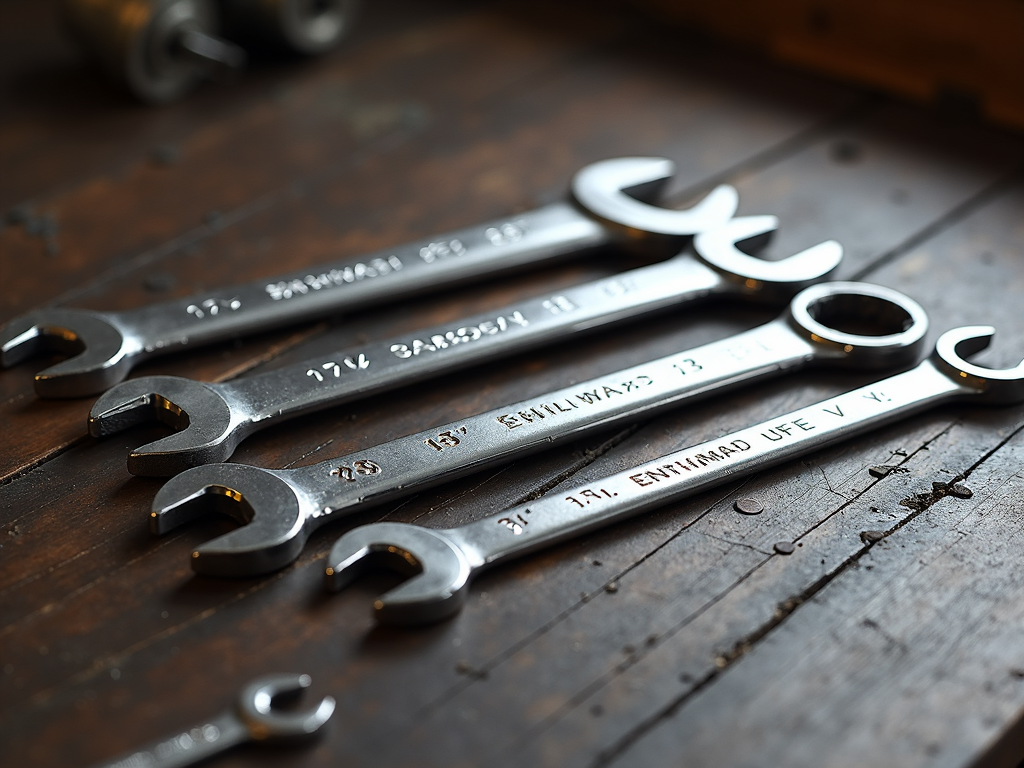
How to measure wrench sizes
To measure a wrench size, you need to determine the distance across the flats of the wrench's opening. For metric wrenches, this is in millimeters, while imperial wrenches are measured in inches. You can use a ruler or caliper to measure the opening, or look for size markings on the wrench itself. Most wrenches have size markings indicating whether they are metric (e.g., 10mm) or imperial (e.g., 3/8"). If there are no markings, you can measure the opening with a ruler or caliper to determine the size.
Additionally, you can measure the bolt or nut directly. For hex fasteners, measure across the flats. For square fasteners, measure across the sides. Knowing the thread size can also be helpful, but for wrench selection, the across-flats measurement is key.
It's also important to note that wrenches come in two measurement systems: metric and imperial. Metric wrenches are measured in millimeters, while imperial wrenches are measured in inches. Always ensure you're using the correct system for your fasteners, as using a metric wrench on an imperial bolt (or vice versa) can lead to a poor fit and potential damage.
Here are some common wrench sizes and their corresponding bolt sizes:
Metric: | Wrench Size (mm) | Bolt Size (mm) | | --- | --- | | 10 | M6 | | 13 | M8 | | 17 | M10 | | 19 | M12 |
Imperial: | Wrench Size (inches) | Bolt Size (inches) | | --- | --- | | 3/8 | 1/4 | | 1/2 | 5/16 | | 9/16 | 3/8 | | 3/4 | 1/2 |
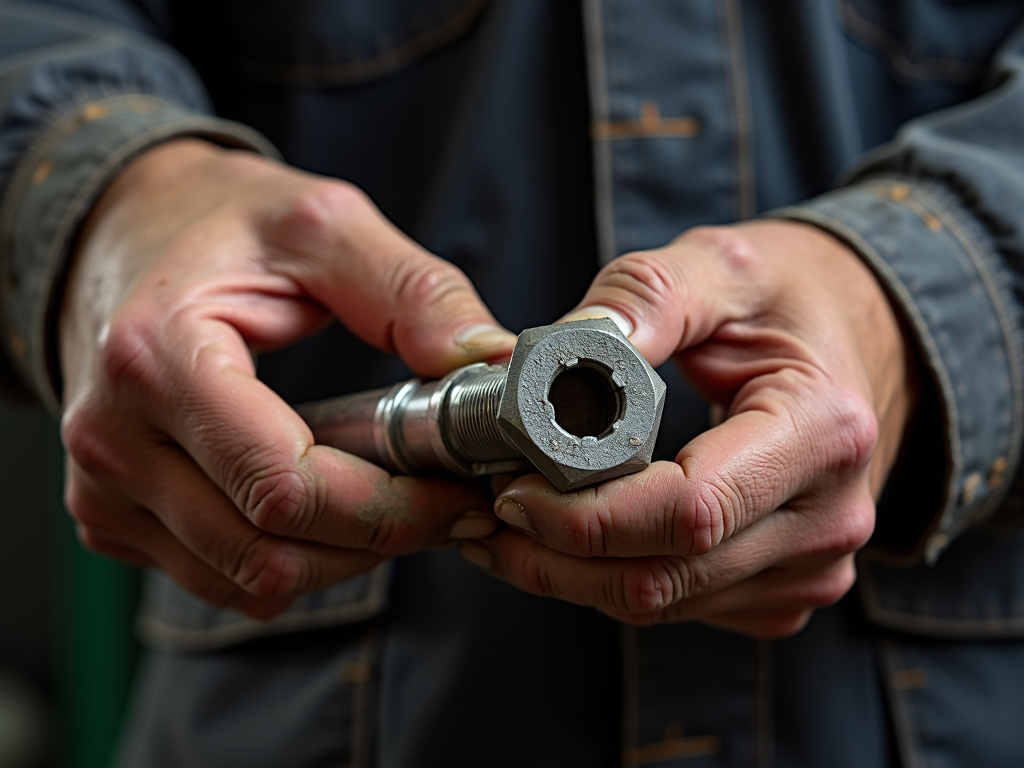
Importance of using the right size
Using the correct wrench size is crucial for several reasons:
- It ensures a proper fit, reducing the risk of stripping the bolt or nut.
- It prevents damage to the wrench itself.
- It makes the job easier and more efficient.
- It reduces the risk of injury from slipping or breaking tools.
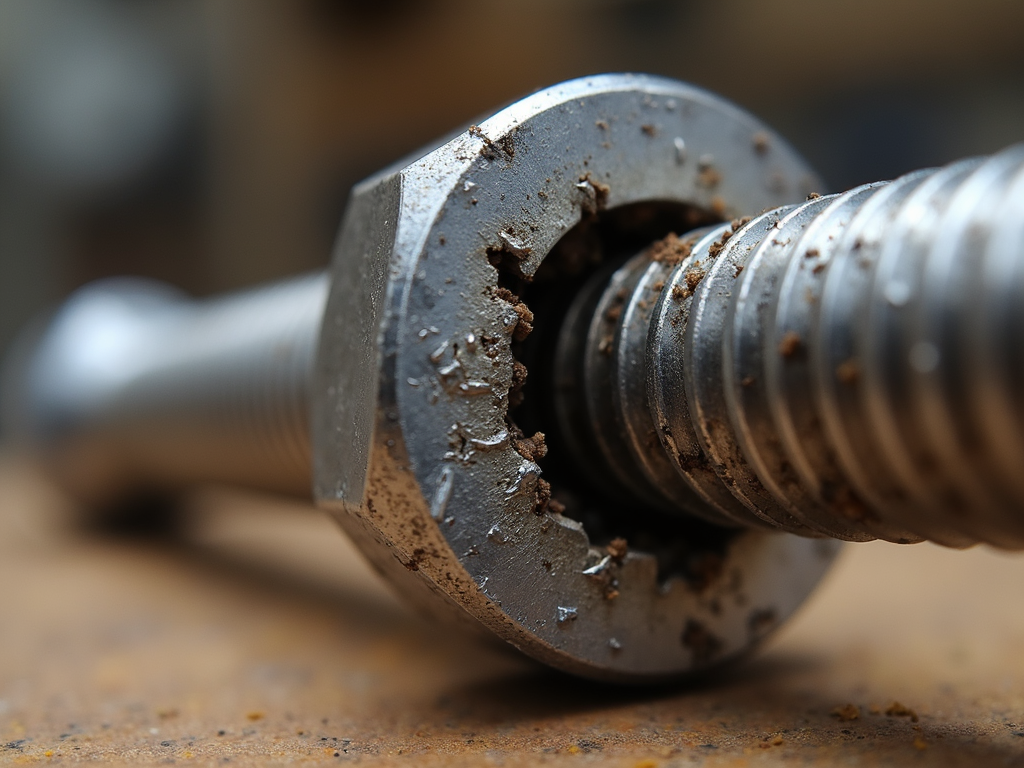
Tips for choosing the right wrench size
Here are some practical tips to help you select the perfect wrench size:
- Always measure the bolt or nut before selecting a wrench.
- If you're unsure, start with a slightly larger wrench and work your way down.
- Keep your wrenches organized by size to make selection easier.
- Invest in a good set of wrenches that covers a range of sizes.
- Consider the type of wrench needed for the job (e.g., adjustable, combination, socket).
- Use a wrench size chart or app if you're unsure. There are many resources available online.
- Be cautious with older equipment or fasteners from different countries, as they might have non-standard sizes.
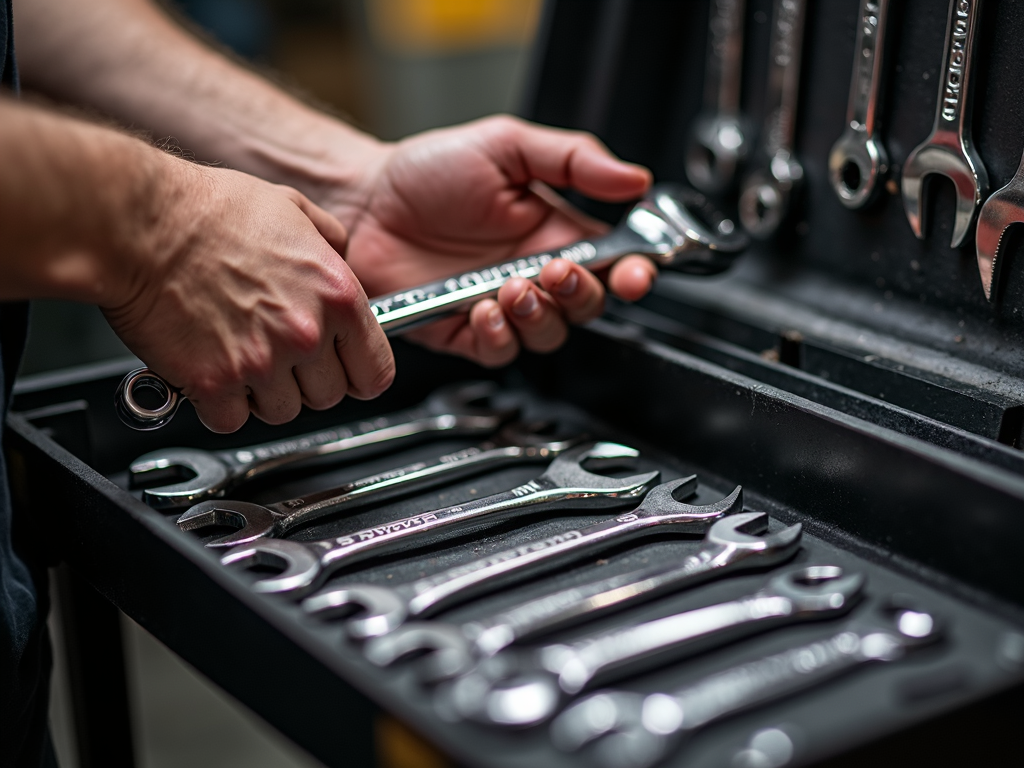
Common mistakes to avoid
Some common mistakes when choosing wrench sizes include:
- Using an adjustable wrench when a fixed-size wrench would be better.
- Forcing a wrench that doesn't fit properly.
- Not checking the size markings on the wrench.
- Using a worn or damaged wrench.
- Using a wrench that's too small and trying to force it onto a larger fastener.
- Not being careful with worn or rounded fasteners, which might require special tools.
Personal insights and experiences
In my years of working with tools, I've learned that taking the time to choose the right wrench size can save a lot of frustration and prevent costly mistakes. I once stripped a bolt on a critical piece of machinery because I was in a hurry and grabbed the wrong size wrench. It cost me hours of work and a lot of money to fix. Since then, I've made it a habit to double-check the size before starting any job.
Caring for Your Wrenches
To keep your wrenches in top condition, follow these simple care tips:
- Clean your wrenches after each use to remove dirt and grease.
- Store them in a dry place to prevent rust.
- Regularly inspect your wrenches for wear or damage and replace them if necessary.
- Use the correct size wrench for the job to avoid putting unnecessary strain on the tool.
Summary
In summary, choosing the right wrench size is a crucial skill for any workman. By understanding wrench sizes, knowing how to measure them, and following some simple tips, you can ensure that you always have the right tool for the job. Remember, taking a few extra seconds to select the correct wrench can save you time, money, and frustration in the long run.
Related how to choose the right wrench size:
- Color Theory 101: Understanding the Basics
- Steer Clear of These Beginner Woodworking Errors: A Guide to Safe and Successful Projects
- Essential Power Tools for Woodworking
- The Ultimate Guide to High-Quality Workman Tools for Professionals
- Sensors in Automation: Types and Applications
- Top 10 Jewelry Making Techniques for Beginners: A Comprehensive Guide
- Hammer Time: Your Guide to Choosing the Perfect Hammer for Every Job
- Popular Brands for Workman Tools
- How to Choose the Right Hammer for Your Project
- DIY Projects to Test Your New Tools: A Comprehensive Guide
- Top 10 Power Washer Accessories for Car Cleaning
- Essential Workman Tool Maintenance Tips for Longevity and Performance
